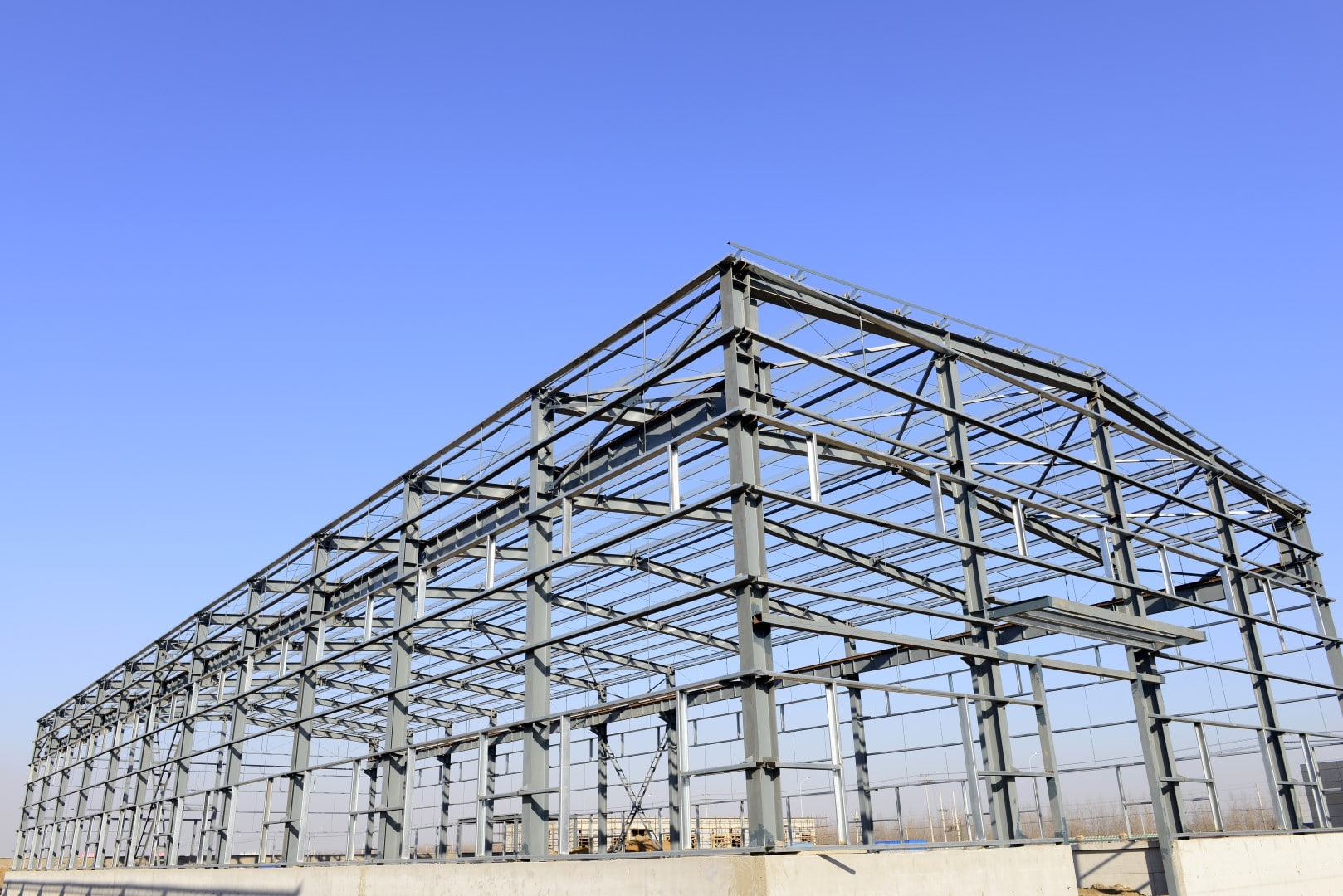Engineers and architects are able to do an incredible job in drawing up plans but neither is perfect for a fabricator. Detailing is the ability to draw these pieces of expertise together in order to create something that is going to be easily made.
CAD made it possible
The original code for computer-aided design (CAD) can be traced back to 1957 but it wasn’t until the late ’70s that CAD became accessible to engineers around the world and led to advancements in steel detailing.
Since then, technology has been constantly improving up to the point where we are today, enabling us to make buildings that are more efficient, easier to build and safer than ever.
Why is it used?
CAD’s biggest advantage – and the main reason it is used – is due to the increased accuracy that it is able to bring. Even though paper and pencil have been used for centuries, there are always a small number of errors that are going to creep into the work.
The vector images that are used in CAD are mathematically accurate. That means that no mistakes are made and what you are seeing is the very minimal amount of human error as the software is always backing up the detailing and design.
One of the biggest drawbacks to the traditional method of design is that it was all 2D. That meant that steel detailing could possibly be misinterpreted, leading to problems further down the road.
Using CAD for structural steel detailing makes it as clear as possible and prevents any errors from occurring. Being able to see an image in 3D allows you to have an incredibly clear look at exactly what’s going to be made.
The designs can also be altered to suit customer needs. This prevents the whole process from having to be restarted and instead you will be left with a plan that’s ready to go in no time at all. CAD cuts out stages that used to slow down the steel detailing process.
The computer revolution
There are obviously many other uses for CAD too: from making children’s toys and cars to building engines and flashlights but it has helped to revolutionise the world of steel detailing.
It allows for costs to be reduced and the whole process to run more smoothly. In steel detailing, it has also meant that safety has been able to vastly improve. Being able to predict forces, for example, can pinpoint potential weak points which can then be strengthened.
Whether it is a farmhouse, a residential home, a staircase or an exhaust manifold, fabrication drawings can bring an idea to life. With high-quality fabrication drafting, you know that you’ll be getting a structure that’s perfect suivez ici.
Using the right company
As with any type of service, some are better at it than others. Even with the mathematical certainties of CAD, a bad company could well misinterpret plans or hand over a file to a fabricator that’s confusing and hard to follow.
At Restoric Design, we include a material and bolt list, NC files and DXF files that are perfect for being able to transform our detailing into a fantastic structure. If you need any steel detailing services, make sure to contact us today to turn your dream into 3D, which will then enable you to turn it into reality.



